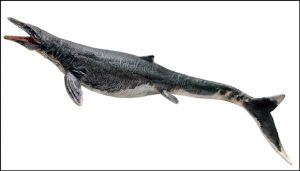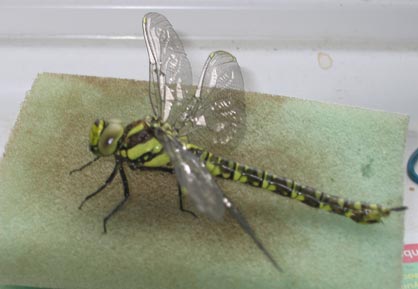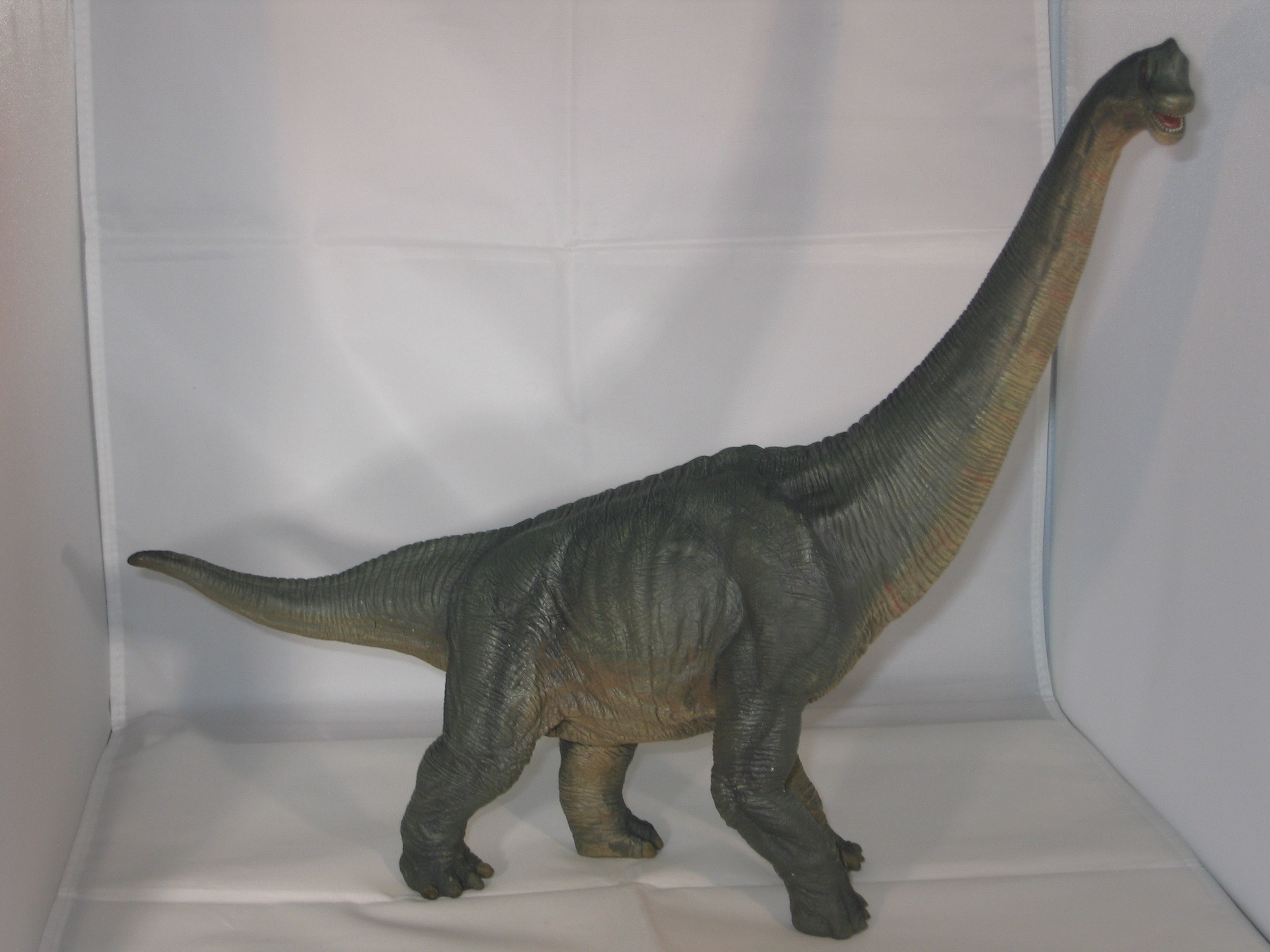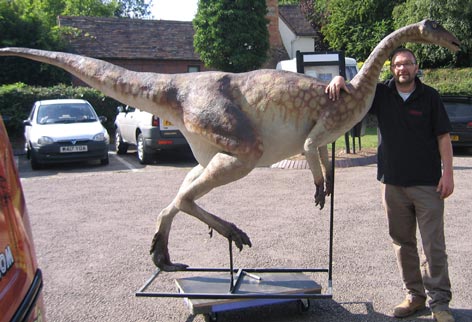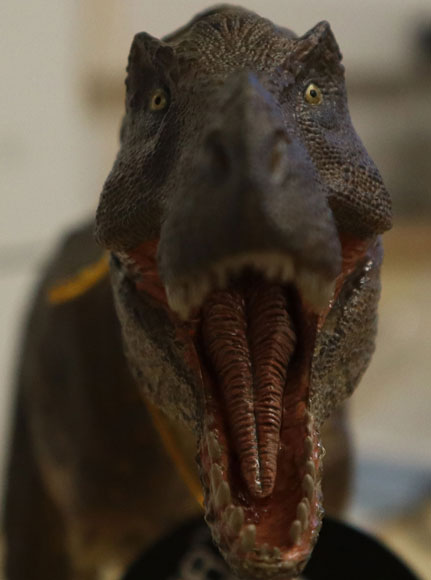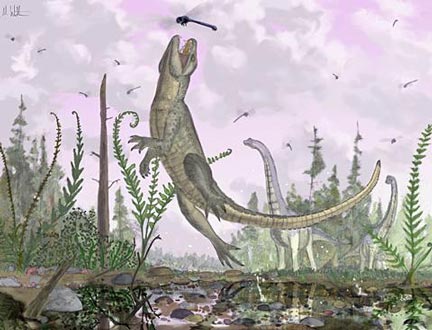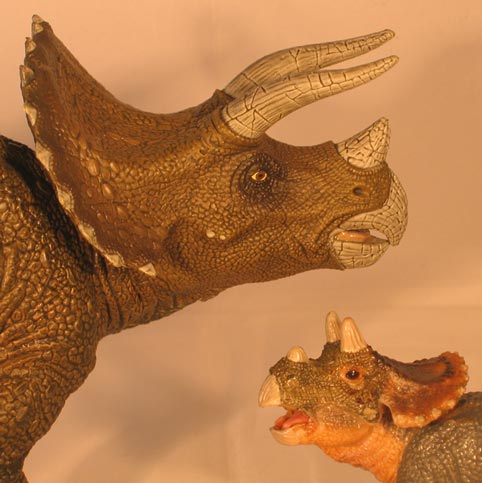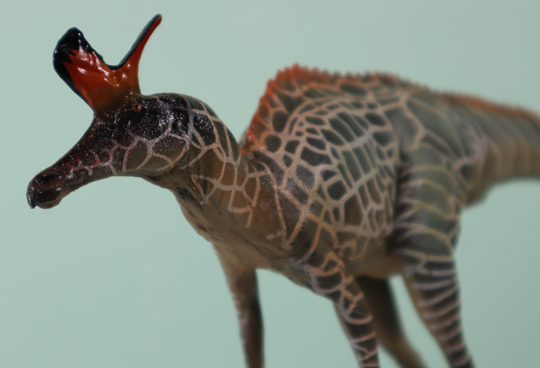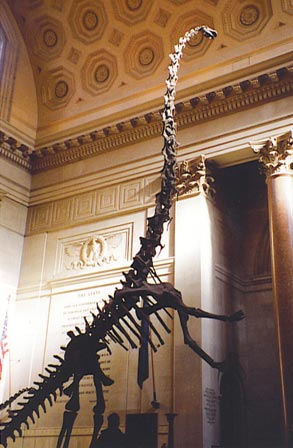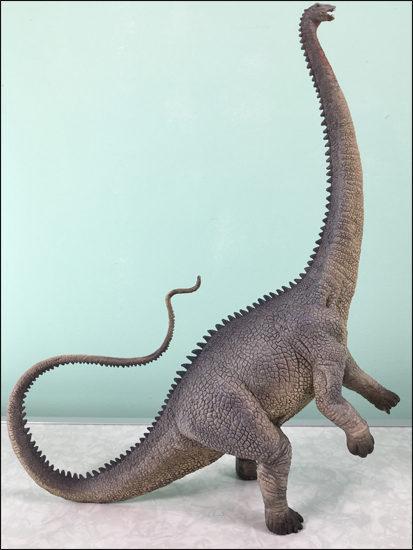The Amazing Mosasaurs – A Sharks Tale!
New Study Indicates Mosasaurs had Shark-like Tails
Mosasaurs were a group of very large and powerful sea-living lizards. They grew to lengths in excess of 14 metres and their fossils have been found in Cretaceous strata worldwide. The chalk deposits formed by the tiny calcareous exoskeletons of countless planktonic micro-organisms are a particularly striking feature of the geology of Europe, take the white cliffs of Dover, for example. These geological features were formed during the later stages of the Cretaceous. People have quarried this soft rock for thousands of years, at first in search of flints for tool making and latterly the chalk has been worked so as to produce lime and other materials for chemical processes.
Mosasaurs
Occasionally, the chalk deposits reveal a spectacular fossil of a mosasaur, a member of the lizard family that adapted to a marine existence. Some types of mosasaur evolved into the apex predators of the Late Cretaceous, replacing the ichthyosaurs and pliosaurs at the top of the food chain. Although not dinosaurs, but marine lizards (Order Squamata), these impressive beasts became extinct at the end of the Cretaceous, they were the only group of lizards to die out at the same time as the dinosaurs. One of the most impressive mosasaur specimens was discovered in a chalk mine at St Pieter’s Mount near to the southern Dutch town of Maastricht in 1770.
The discovery caused a scientific sensation around Europe and the animal dubbed the “Beast of Maastricht” was examined by a number of leading scientists of the day. Debate raged as to whether these fossils represented a whale or a crocodile. The creature scientifically named Mosasaurus hoffmani is actually more closely related to a modern Monitor lizard.
A Model of a Mosasaur (Tylosaurus)

Picture credit: Everything Dinosaur
To view the model (Tylosaurus) and dinosaur toys: Safari Ltd. Wild Safari Prehistoric World.
With many specimens and something like twenty separate genera it was thought that the mosasaurs were relatively well understood. However, new research published in the online scientific journal PloS One by two Canadian scientists suggests that there is a sting in the tale of the mosasaurs.
The traditional view of a mosasaur is a long, sleek animal with a broadened out, but ultimately tapering tail. The tail was responsible for the propulsion of these animals. The limbs had become flippers and the limbs particularly the back legs had become smaller. They were probably used to help these lizards steer and manoeuvre in the water. It was thought that the tails moved in a side-to-side motion, a little like the swimming motion as seen in a monitor lizard today. However, two Canadian scientists, studying one of the best preserved mosasaur skeletons of all have deduced that the mosasaurs may have had fan-like tails reminiscent of sharks or indeed ichthyosaurs.
Mosasaur Makeover?
Is it time for the mosasaurs to have a makeover?
University of Alberta scientists Michael Caldwell and Takuya Konishi, in association with collaborators in Sweden and in the United States are in the process of overturning decades of conventional wisdom about the shape of mosasaur tails and their swimming style. The researchers have pinned a shark-like tail on these marine lizards, perhaps changing our views about these huge predators forever.
Writing in the U.S. based publication of the Public Library of Science the scientists have concluded that at least one species of mosasaur (Platecarpus), on display at the Natural History Museum of Los Angeles County had a fluke on the end of its tail.
Fossils of the genus Platecarpus have been found on both sides of the Atlantic ocean. Although quite small (approximately 7 metres in length), it was slightly bigger than a Great White Shark (Carcharodon carcharias) and it probably hunted in a similar manner. Its long, slender jaws were lined with sharp teeth and it was a ferocious predator.
However, a long-standing theory about mosasaurs, or sea-dragons as they are sometimes called postulates that they had tapered tails that moved with eel-like undulations and propelled them forward, with the flippers acting as rudders to help steer.
In contrast, the scientific team led by Caldwell and Konishi have concluded that the shape and orientation of the lizard’s back bones indicate that these creatures had a crescent-shaped tail fin, unlikely to be preserved in fossil form. This would have given this marine reptiles a powerful swimming thrust similar to that of a Great White Shark or even an ichthyosaur. The team studied a number of mosasaur specimens from around the world, including a beautifully preserved specimen of Platecarpus from the Los Angeles County Museum.
A Mosaurus Model Showing the New Interpretation
The picture shows “Ron” the Mosasaurus replica from PNSO: PNSO Age of Dinosaurs Models and Figures.
Like other groups of sea creatures that evolved to maximise their swimming speed and efficiency, the researchers state in the journal article, mosasaurs radically modified their tails, stiffened their backbones, and reduced their rear limbs to meet the demands of marine life.
If this new theory becomes accepted doctrine, then the mosasaur reconstructions in museums and illustrations in books will have to be changed.
Co-author of the paper, Luis Chiappe, Director of the Los Angeles Museum’s Dinosaur Institute stated in a summary:
“This fossils show evolution in action, how a successful design was developed time after time by different groups of organisms adapting to life in similar environments. It highlights once again the potential for new discoveries to challenge well-established interpretations about dinosaurs and other animals that lived with them.”
For palaeontologists this may be a case of “deja vu”, as when the fossils of the first ichthyosaurs were discovered, it was thought that they too, had long tapering tails. It was only when superbly well preserved fossils of ichthyosaurs were discovered in the fine grained sediments at Holzmaden in Germany that scientists got to view the outline of the body shape of an ichthyosaur and they discovered that they had dorsal fins and a forked tail which was supported by tail bones in the lower section only.
It is very likely that if mosasaurs had fish-like tails they did not swim with an undulating up and down motion like whales (as shown in the illustration). It is most likely that these animals swam in an sideways movement, moving their bodies and their tails from side to side like crocodiles, lizards and snakes.


